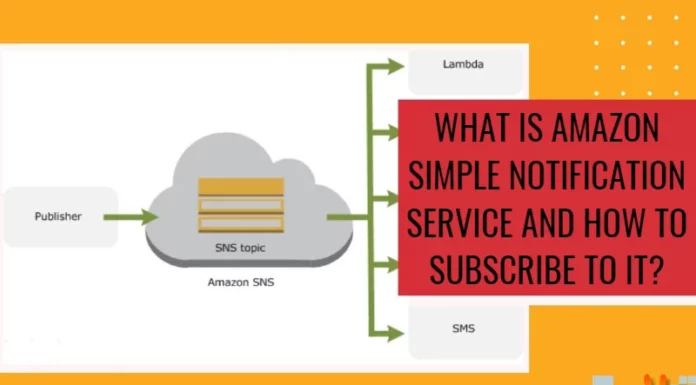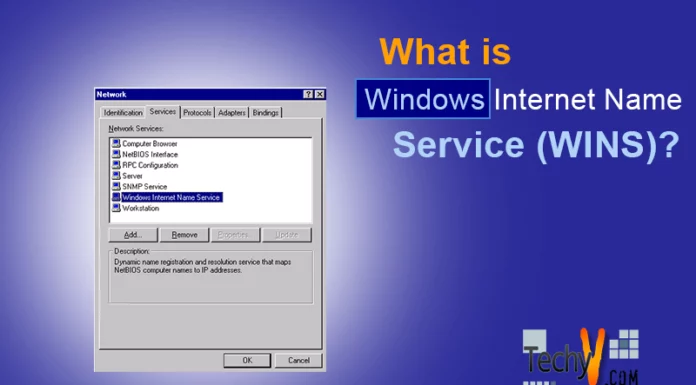Rich Internet Application explained in detail
It is an Internet application that contains a number of features from normal desktop applications and is usually abbreviated as RIA. White paper introduced Rich Internet Application in the year 2002 by Macromedia which later advanced to become Adobe. However this principle was in existence for some years in other names including Rich web clients, Rich web application, and also remote scripting.
There are number of ways on utilizing the applications including a browser plug-in, virtual machines, site-specific browser and also independent sandboxes. Other platforms which have came up to develop Rich Internet Application were Microsoft Silverlight, Java and Adobe Flash and each with penetration rates of 54%, 80% and 99% respectively.
However, other upcoming web standards have been developed but they still rely on the concept from Rich Internet Application. Users must install a framework of software by the using an operating system from a particular computer before running the application. This will automatically perform functions like downloading, verifying and even updates as well as executing the Rich Internet Application. In comparison, Ajax, which is based on JavaScript, uses functions of in-built browser in-built implementing a comparable difference. This falls as the main difference. A number take these interfaces as Rich Internet Applications while others consider them RIA’s competitors. Some view them like Gartner view them as the same but with different technologies.
Rich Internet Application is a dominant application especially in most games played on the Internet and other similar applications of video capture that need access. However, Gmail is not among them that normally uses a plug-in which is task-specific.
Currently, the RIA applies the concept of a deployment model, which is a rich client, in which there is a compiled client application across the browser instead of a model client-server which is thin that the server takes control over the user’s view. User’s web browsers access application platforms like Java, Silverlight and Flash in form of plug-ins. These particular platforms of applications regulate the quantity of data being downloaded when initializing on the display that is only viable to the user.
There is only one download of the plug-in, and there is no repeat of its download in any particular time when the page is on display. This leads to a reduction of the loading time, as this is also required for the bandwidth as well as the server load. We can improve the security compared to an application software. However, the extensions retain their vulnerabilities and greater access compared to native web applications. To cater to this security, clients of Rich Internet Applications are required to run the portions of an application, called sandbox, in a specially separated area of the client’s desktop. The sandbox regulates the seeing and accessing of the file system’s operating system, which is found on the client server of the application on a different connection side. Rich Internet application, therefore, helps in increasing the production as well as improving the satisfaction of the user.


















